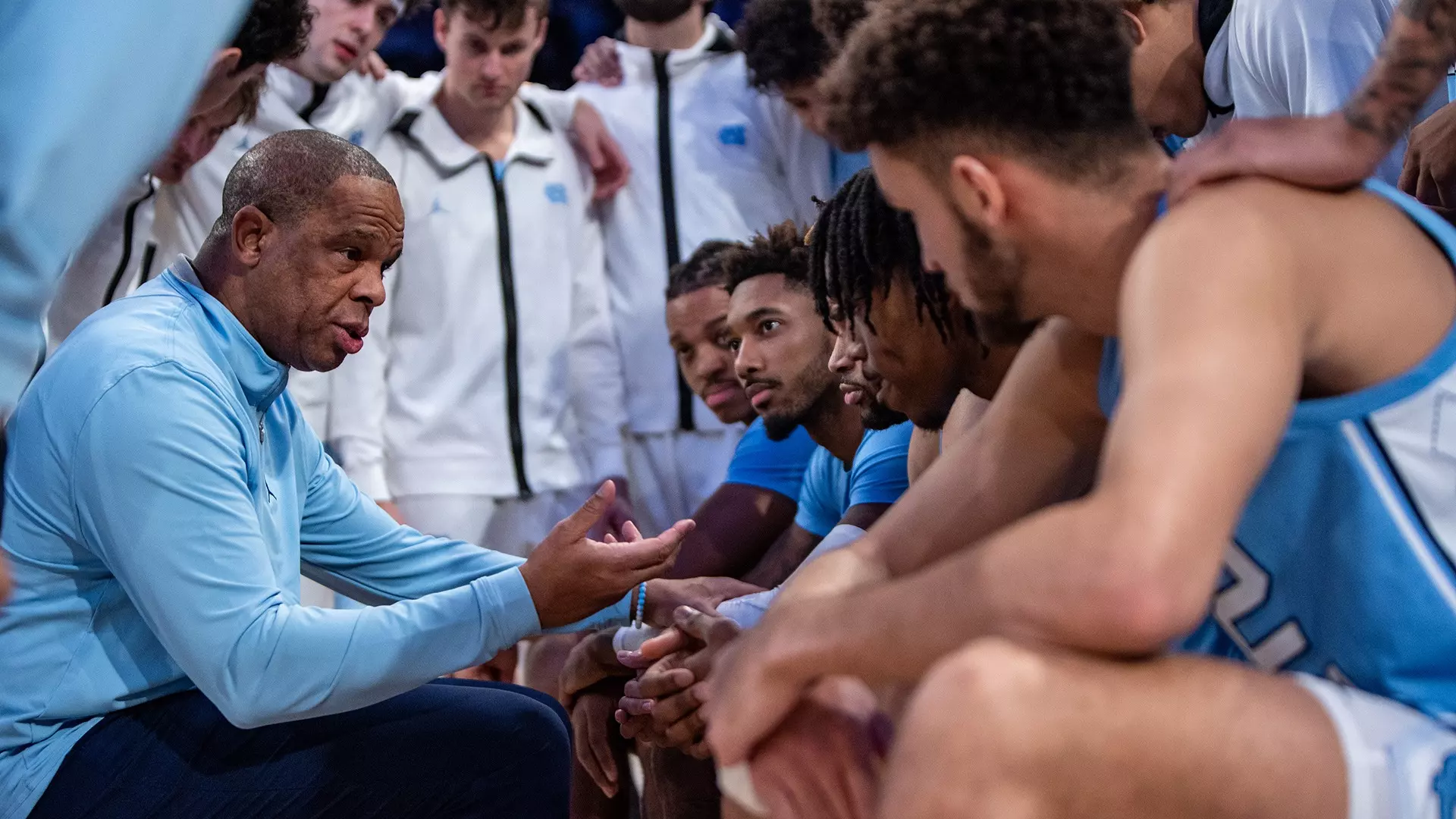Regarding NIL and the Future of Player Development
TO: NCAA Leadership, USA Basketball, and NBA Commissioner Adam Silver
FROM: Hoopwrld
SUBJECT: Preserving Player Development in the NIL Era
As March Madness concludes, we are reminded of the unparalleled excitement and tradition of college basketball. This year’s tournament—with its thrilling upsets (McNeese State over Clemson, Drake over Missouri, Colorado State over Memphis) and inspiring stories (like Florida walk-on Bennett Andersen, who went from team manager to tournament contributor)—has captivated fans nationwide. Viewership is soaring, proving the game’s enduring appeal.
Yet beneath this success lies a growing crisis. The rapid churn of coaching changes (Rick Pitino to Xavier, Sean Miller to Texas, Kevin Willard to Villanova) and the flood of transfers (Elliott Cadeau, RJ Luis, and hundreds more) reveal a system increasingly focused on short-term gains over long-term growth. Coaches like Pitino, Calipari, and Mark Pope openly admit: The new paradigm is “win now or die.”
In conversations with players, parents, and coaches, a troubling consensus emerges: The current model is unsustainable. While NIL rights and transfer freedoms are steps toward fairness, their unintended consequences threaten the developmental pipeline that has fueled basketball’s success for decades. Not too mention the development of young men and women for life. The arms race for talent, the pressure on young athletes to become businesspeople overnight, and the erosion of educational priorities risk and the devaluing of the community and friendships colleges provide is undermining the very foundation of the sport.
The Crisis in Player Development
College basketball’s transformation has created systemic challenges:
Portal-Dominated Rosters: Programs like Kentucky and Auburn now build teams almost entirely through transfers—Auburn’s average age surpasses two NBA rosters.
NIL Inflation: Compensation packages at top schools rival professional salaries, creating an unsustainable financial arms race. Can the mid-majors compete?
Lost Development Time: Freshmen sit as coaches prioritize “ready-now” transfers; many high school recruits report dwindling interest from top programs. Losing these opportunities will have additional implications from an education and future career perspective.
Erosion of Fundamentals: The patient skill-building that produced legends like Michael Jordan (3 years under Dean Smith) and Tim Duncan (4 years at Wake Forest) is disappearing.
Team Instability: Annual roster overhauls damage chemistry, cohesion, and the teaching of team basketball. Not to mention the lifelong community and friendships that should be part of the college experience.
The Stakes for All Stakeholders
For the NCAA and College Basketball:
Loss of Identity: Schools risk becoming transactional waystations rather than institutions of growth, weakening their educational mission.
Competitive Imbalance: Wealthy programs consolidate talent via NIL/portal, while smaller schools lose ability to develop players organically.
Fan Disengagement: Constant roster turnover erodes alumni and community ties to teams.
Legal Vulnerabilities: Without reform, the NCAA faces further antitrust challenges and loss of control over its own system.
For USA Basketball and the NBA:
Talent Pipeline Erosion: The U.S. developmental advantage—long the envy of the world—is at risk as players prioritize short-term moves over skill growth. Players need coaching and coaches need to coach, our culture is more about pandering then really developing athletes.
Fundamental Decline: Incoming pros arrive with highlight-reel skills but gaps in basketball IQ, defense, and team play—traits homed in sustained college environments.
Scouting Challenges: NBA teams struggle to evaluate prospects in a system where rosters and roles change yearly.
International Fallout: Other nations (e.g., France, Serbia) with structured youth systems will continue to close the gap if America’s development model fractures.
What We Lose When Development Dies
History proves extended college careers create better pros there are many examples but here are a few to make the point:
Tim Duncan’s four years at Wake Forest forged a Hall of Fame career.
Damian Lillard’s growth at Weber State made him an NBA superstar.
Draymond Green’s four years at Michigan State honed the IQ and leadership that fueled Golden State’s dynasty.
Steph Curry’s three-year Davidson evolution transformed him from overlooked prospect to generational talent.
These players succeeded because the system prioritized development over instant gratification. Today’s environment—where transfers and NIL deals push athletes to prioritize short-term payouts over long-term growth—jeopardizes that pathway.
A Call to Leadership
The NCAA, USA Basketball, and the NBA must act to realign incentives. We propose:
1. Joint Task Force: Create a cross-organizational committee to recommend reforms balancing NIL/portal freedoms with developmental safeguards.
2. NCAA Policy Shifts:
– Allow schools to offer multi-year NIL contracts to incentivize retention, academic standards, buy out agreements.
– Limit underclassman transfers without penalty (e.g., one free transfer, then sit a year).
3. NBA/USA Basketball Partnerships:
– Fund “Development Academies” at colleges to supplement coaching with NBA-level training.
– Tie draft eligibility to skill benchmarks (e.g., combine results on fundamentals).
4. Mentorship & Education: Partner NBA veterans with college athletes to teach financial literacy and career planning.
The Time to Act Is Now
The NCAA cannot afford to let its system become a free-for-all. USA Basketball cannot assume America’s talent edge will self-sustain. The NBA must not outsource development to a broken pipeline.
We urge you to lead. The future of basketball—at every level—depends on a system that values both athlete empowerment and enduring excellence.
We welcome further discussion and stand ready to collaborate.
Respectfully,
Hoopwrld





